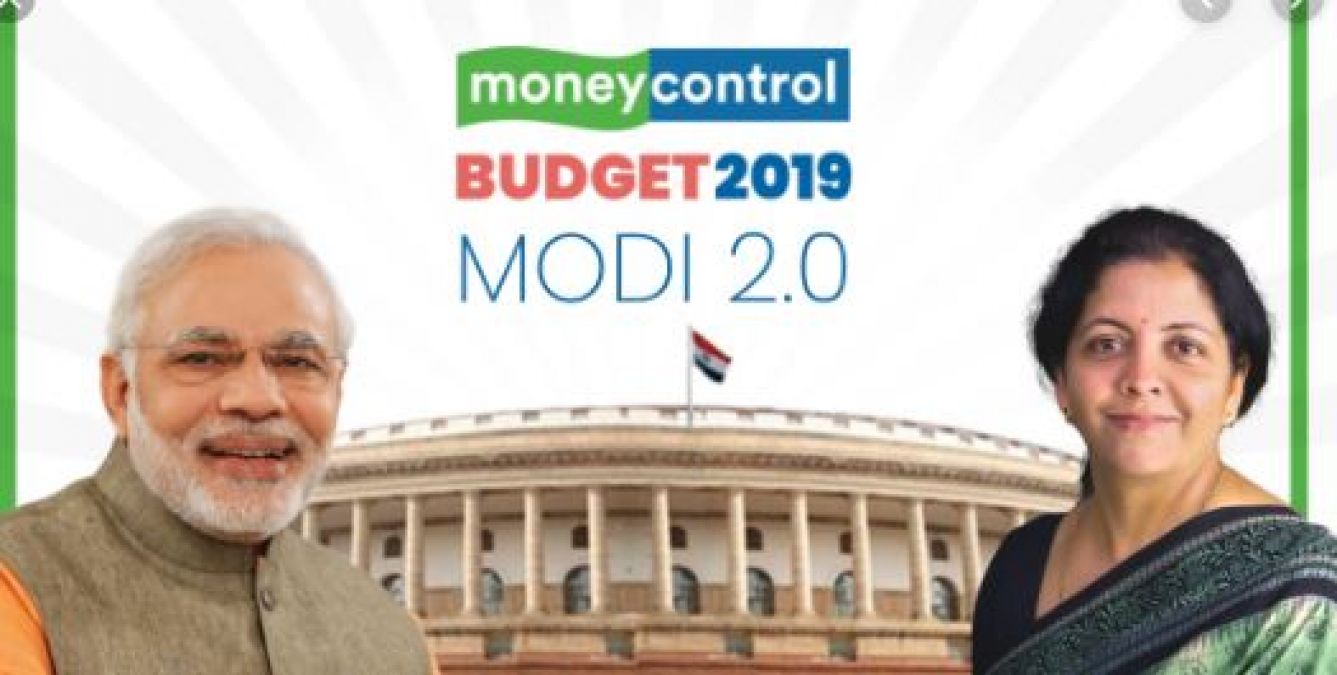
The second budget of the second term of the PM Narendra Modi government is likely to be presented on February 1. Apart from this, Finance Minister Nirmala Sitharaman can present her second budget on this day. Every year, the budget is an event filled with all the expectations and possibilities and it attracts the attention of common people, investors and businessmen across the country. In such a situation many historical facts are associated with the budget. Talking about India's first budget, it was launched by James Wilson on 18 February 1860. Let us know which are the ten historical budgets, which are always discussed. 1. 1951 Budget: This was the first budget of the Republic of India. It was introduced by the then Finance Minister John Mathai. This budget paved the way for the formation of the Planning Commission. The Planning Commission can later be converted into a NITI Aayog by the Narendra Modi government. Jawaharlal Nehru was the first chairman of the Planning Commission. 2. Budget for fiscal year 1968-69: In this year's budget, 'Spouse Allowance' was announced to be abolished. This allowance was a means of saving tax.
3. Budget of 1969-70: After the introduction of this budget, the prices of some products have seen a huge rise. In this budget, there was an increase in tax on products seen as 'Status Symbol'. In this budget, it was decided to increase the duty on imported cars from 60 to 100 percent. Budget of 1970-71: This year's budget was presented by then Prime Minister and Finance Minister Indira Gandhi. This was the first time that a woman presented the Union Budget. 5. Budget for FY 1971-72: In the Union Budget for FY 1971-72, a new arrangement was made to curb cash deals. The same effect was seen directly on tourists. In such a budget, a provision of 20 percent tax was made on purchasing tickets in cash in this budget. In addition, tax was exempted for payment of tickets in foreign currency. 6. Union Budget for the year 1974-75: Income Tax Structure was reformed in this Union Budget. Under this, income tax and surcharge was reduced from 97.75 percent to 75 percent.
7. Budget for FY 1986-87: This budget was presented by the then Finance Minister VP Singh in Congress Government. This budget marks the beginning of the termination of the License Raj. This led to reforms in indirect tax. 8. FY 1991-1996: During that time India's economy was going through an unprecedented crisis. In 1991, then Prime Minister PV Narasimha Rao appointed Bureaucrat Manmohan Singh as Finance Minister. Singh made tremendous policy changes in his budget. He is known for liberalization of Indian economy. He had decided to open India's economy to the world. 9. Budget for the year 2000-2001: It was presented by the then Finance Minister Yashwant Sinha. It also showed India as a major software development hub. With this budget, there was a tremendous growth in the IT industry in the country. 10. Budget for FY 2019-20: Nirmala Sitharaman presented this budget to the country. This was the second time after Indira Gandhi, when a woman presented the Union Budget. In this budget, the dream of making the country a $ 5 trillion economy by 2024 was put in front of everyone.
Also Read:
Priyanka Chopra's sister watches Bigg Boss 13, said on battle of Siddharth-Asim- 'Salman Khan ko..'
Budget 2020: Expected to touch this level amidst hopes of stability
IMF chief: Hopes for further improvement in the country's economic slowdown
India faces first fall indirect taxes in at least two decades